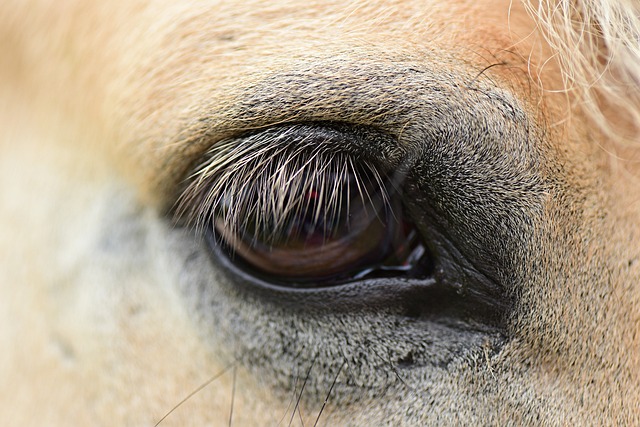Skin tags, benign growths commonly developing due to genetic factors or conditions like obesity or hormonal shifts, can be removed in Liverpool through various techniques. These include surgical excision, chemical treatments, and laser therapy, each with its advantages and disadvantages. Cryotherapy, a non-surgical method using liquid nitrogen, has gained popularity for its minimal downtime, painlessness, and effectiveness across all skin types. Before choosing a method, like Liverpool Tag Removal cryotherapy or traditional techniques, conduct research and consult medical professionals to ensure safety and optimal outcomes.
In the quest for flawless skin, understanding skin tag removal options is essential. Liverpool Tag Removal offers a variety of methods, with cryotherapy emerging as a popular choice. This article delves into the world of skin tags, exploring their causes and contrasting traditional removal techniques with the modern approach of cryotherapy. We’ll highlight its advantages, considerations, and precautions, guiding you through the best option for your needs.
- Understanding Skin Tags and Their Causes
- Traditional Skin Tag Removal Methods: An Overview
- Cryotherapy: A Cold Approach to Tag Elimination
- Advantages of Cryotherapy Compared to Other Techniques
- Consideration and Precautions Before Choosing a Method
Understanding Skin Tags and Their Causes
Skin tags, also known as acrochordons, are small, soft skin growths that typically appear on the neck, armpits, or groin area. They are non-cancerous and usually harmless, but many people prefer to remove them for aesthetic reasons or because they can be annoying. The causes of skin tags are diverse; they often run in families, suggesting a genetic predisposition. Additionally, certain factors like obesity, diabetes, or hormonal changes can increase the likelihood of developing these growths. In Liverpool Tag Removal services, professionals employ various techniques to eliminate skin tags, each with its own advantages and considerations.
Traditional Skin Tag Removal Methods: An Overview
In Liverpool, tag removal has evolved over time, with several traditional methods in practice. One common approach is surgical excision, where a doctor cuts out the skin tag with a scalpel or scissors and stitches the skin to close the wound. This method is relatively straightforward but carries risks of scarring and infection if not performed hygienically.
Another popular technique involves using chemicals like salicylic acid or lactic acid to burn off the skin tag. These treatments are often less invasive but may require multiple sessions for complete removal. Laser therapy is another option, where a laser beam targets the skin tag, causing it to shrink and eventually fall off. Each method has its pros and cons, with factors like cost, recovery time, and potential side effects varying widely.
Cryotherapy: A Cold Approach to Tag Elimination
Cryotherapy, or cryo removal, is a non-surgical procedure that uses liquid nitrogen to freeze and destroy skin tags. This cold approach to tag elimination has gained popularity in Liverpool Tag Removal services. The process involves applying a small amount of liquid nitrogen to the target area, causing the skin tag to turn white and become numb. As the nitrogen evaporates, it creates a cooling effect that damages the blood vessels supplying the skin tag, effectively killing it off without leaving any scars.
Compared to other methods like lancing or burning, cryotherapy offers a relatively painless experience with minimal downtime. It is suitable for people with various skin tones and types, making it a versatile option. Additionally, this method can be used to treat multiple skin tags in one session, providing cost-efficiency. Many patients appreciate the convenience of cryo removal as it does not require any incisions or extensive preparation, allowing them to resume their normal activities shortly after the procedure.
Advantages of Cryotherapy Compared to Other Techniques
Cryotherapy offers a unique and effective approach to skin tag removal, setting it apart from traditional techniques in several ways. One of its key advantages is the minimal downtime and recovery period. Unlike surgical excision or laser treatments, which may cause discomfort, swelling, and bleeding, cryotherapy uses liquid nitrogen to freeze and destroy skin tags. This non-invasive method results in less tissue damage, leading to quicker healing and a reduced risk of scarring.
Additionally, cryotherapy is often more suitable for individuals with sensitive skin. Since it does not involve cutting or burning, it minimizes the potential for irritation and allergic reactions that can occur with other methods. This makes it an attractive option for those seeking Liverpool Tag Removal without the typical side effects, ensuring a more comfortable experience and faster return to daily activities.
Consideration and Precautions Before Choosing a Method
Before choosing a skin tag removal method, especially for Liverpool Tag Removal, it’s crucial to consider several factors and precautions. Each method has its advantages and potential drawbacks, so thorough research is essential. For instance, cryotherapy, which uses extreme cold to freeze off tags, may be effective but could cause temporary discomfort or skin irritation. Other methods like surgical excision or laser treatments might offer quicker results, yet they carry risks of scarring or post-procedure pain.
Additionally, consult a medical professional before proceeding. They can provide personalized advice based on the size, number, and location of your skin tags, ensuring safety and the best possible outcome for Liverpool Tag Removal. Always opt for qualified specialists who use sterile equipment to minimize infection risks.
When considering skin tag removal in Liverpool, cryotherapy offers a safe, effective, and non-invasive solution. Compared to traditional methods like shaving or burning, which can cause scarring and pain, cryotherapy provides a cold but powerful approach. Its advantages include minimal downtime, no surgery required, and reduced risk of complications. Before choosing a method, consult with a professional to determine the best course of action for your specific case.
